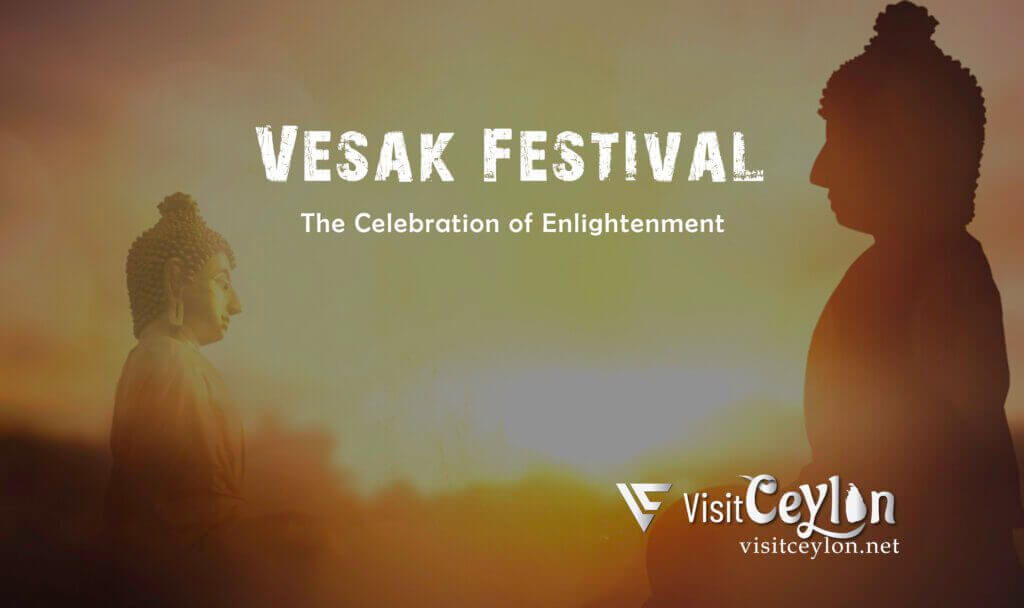Want to experience the heart of Sri Lankan culture? The Sinhala and Tamil New Year, also called Aluth Avurudu, is one of the island’s most joyful festivals. Celebrated every April, it’s a time when families come together, delicious food fills the air, and colorful traditions bring people of all backgrounds into one celebration. Whether you’re local or a visitor, this is the perfect chance to see unity, fun, and tradition all in one place!
Celebrating Together in Sri Lanka
Sri Lanka is a country full of different cultures and religions. One of the most important festivals that brings everyone together is the Sinhala and Tamil New Year, also called Aluth Avurudu. This festival happens every year in April.
It marks the end of the harvest season and the start of a new year based on the Sinhala and Tamil calendars. People from all backgrounds join in the fun.
Getting Ready for the Festival
People start preparing early. They:
- Clean and decorate their homes
- Make tasty traditional sweets like kokis, kavum, and athirasa
- Cook special meals, usually served on banana leaves
Families come together to enjoy a meal of rice and curry, made with love and shared with joy.
Lakpura LLC
Traditional Customs and Beliefs
A special part of the New Year is following auspicious times (good times) decided by astrologers. People:
- Light oil lamps
- Boil milk to bring good luck
- Do other simple rituals for peace and happiness
They also exchange gifts and visit family and friends to give New Year wishes.
Fun and Games for All
During the festival, people play many traditional games like:
- Pillow fights
- Tug-of-war
- Greased pole climbing
These games are not only fun, but also help bring people together and promote teamwork.
A Celebration for Everyone
This festival is enjoyed not just by Sinhalese and Tamils, but also by Muslims, Burghers, and people from all communities in Sri Lanka. It’s a time for unity and sharing.
Even tourists love the celebrations! Many visitors come to Sri Lanka in April just to see this colorful and happy festival.
History of the New Year in Sri Lanka
The Sinhala and Tamil New Year is very old. It started as a way to mark changes in the farming seasons and to celebrate a good harvest.
When Buddhism came to Sri Lanka in the 3rd century BC, people began to follow New Year customs in line with Buddhist teachings.
Hinduism also influenced the New Year, and both Buddhist and Hindu communities have similar ways of celebrating it.
One popular story is from Hindu legends: a god called Indradeva comes down from the sky to bring peace. He arrives in a white chariot and dips into a sea of milk, showing peace and purity.
Modern Celebrations
Today, people still follow auspicious times given by astrologers to begin each part of the celebration. The New Year is a mix of:
- Local traditions
- Astrology
- Hindu and Buddhist culture
It’s a beautiful blend of old and new.
Final Thoughts
The Sinhala and Tamil New Year is a joyful time that brings all Sri Lankans together. No matter your religion or ethnicity, this is a time to:
- Celebrate culture
- Spend time with family
- Share love and kindness
If you’re in Sri Lanka in April, don’t miss this wonderful celebration!
📌 Share this post with your friends or anyone interested in learning about Sri Lanka’s rich traditions!
Thank you for being with us at visitceylon.net 🌸
You can download auspicious times (good times/Litha) decided by astrologers from Here.
